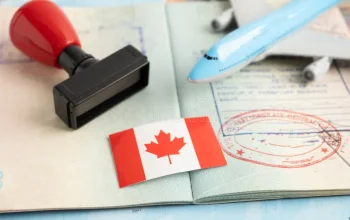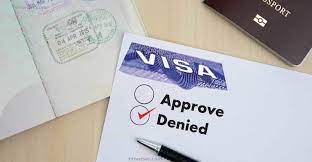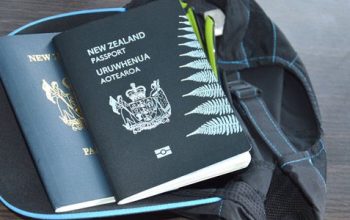Are you ready to embark on an extraordinary journey to the land of ancient traditions, vibrant colors, and mouth-watering cuisine? Planning a trip to India is an exhilarating experience, but before you can immerse yourself in its diverse wonders, there’s one crucial step: obtaining a 30-day Indian visa. Whether you’re a seasoned traveler or venturing into uncharted territory, this comprehensive guide will navigate you through the visa application process with ease. From essential documents to insider tips, get ready to unlock the gateway to your unforgettable Indian adventure! 30 DAYS INDIAN VISA
Introduction to Indian Visa Requirements
If you’re planning a trip to India, you’ll need to obtain a visa. Indian visas are available from the Indian consulate or embassy in your home country. The process of obtaining a visa can vary depending on your nationality, but generally, you’ll need to submit an application and supporting documents, pay a fee, and then wait for your visa to be processed.
There are two types of visas available for travel to India: the tourist visa and the business visa. The tourist visa is valid for up to six months and allows you to enter India for leisure travel. The business visa is valid for up to one year and allows you to enter India for business purposes. If you’re planning on staying in India for more than six months, you’ll need to apply for a long-term visa.
The requirements for an Indian visa vary depending on your nationality. For most nationalities, you’ll need a passport that’s valid for at least six months from the date of your planned arrival in India. You’ll also need two passport-sized photographs and a completed visa application form. In some cases, additional documents may be required, such as proof of onward travel or evidence of sufficient financial means. URGENT EMERGENCY INDIAN VISA
The cost of an Indian visa also varies depending on your nationality. For most nationalities, the fee is $60 USD (or equivalent). However, there are some exceptions, so it’s important to check with the Indian consulate or embassy in your home country before applying for a
Types of Visas and Their Eligibility Requirements
There are two main types of visas for India: the e-Visa and the regular Visa. The e-Visa is an electronic visa that is valid for 60 days and can be obtained from the official website of the Government of India. The regular Visa is a physical visa that must be obtained from an Indian consulate or embassy. Both visas allow for multiple entries into India.
The e-Visa is available to citizens of over 160 countries, including the United States, Canada, and most of Europe. To be eligible for an e-Visa, travelers must have a passport with at least six months of validity remaining and a blank page for the visa sticker. They must also have a credit or debit card to pay the visa fee, as well as a recent passport-sized photograph. Travelers will need to fill out an online application form and submit it along with their passport and photo. Once approved, they will receive their visa via email within three business days.
The regular Visa is required for citizens of all countries except Bhutan and Nepal. There are different types of regular visas available, depending on the purpose of travel. Tourist visas are valid for up to six months, while business visas can be issued for up to one year. Student visas are also available for those studying in India on a long-term basis. To apply for a regular Visa, travelers will need to submit their passports, photographs, and other required documents to the nearest Indian consulate or embassy
Document Checklist for Applying for an Indian Visa
A valid passport with at least six months of remaining validity and at least two blank visa pages for the visa stamp.
One recent passport-style photograph, taken within the last six months, against a white background and showing your full face without headgear such as a hat or sunglasses. The photo must be 2 inches by 2 inches (51 mm by 51 mm). Please do not staple or attach the photo to the application form.
A self-addressed, stamped envelope if you are applying by mail, OR a printout of the “Application Receipt” page if you are applying in person at an Indian Visa Application Center (IVAC). If applying by mail, you will need to provide a pre-paid return courier envelope from a reliable courier service such as FedEx, UPS, or DHL. Please do not use regular first class mail as we cannot be responsible for delayed or lost mail. Note that we do not accept responsibility for any delays in postal service or delivery issues beyond our control. If you are using an IVAC, they will provide you with a return envelope upon completing your application process. You can also track your visa status online using the
Conclusion
With a little bit of planning and the right documentation, obtaining an Indian visa is easy. We hope our guide has provided you with the knowledge and resources necessary to ensure your travel experience to India is stress free. From gathering documents, to finding out how much time your visa will be valid for, we wish you all the best in making your dream trip a reality!



